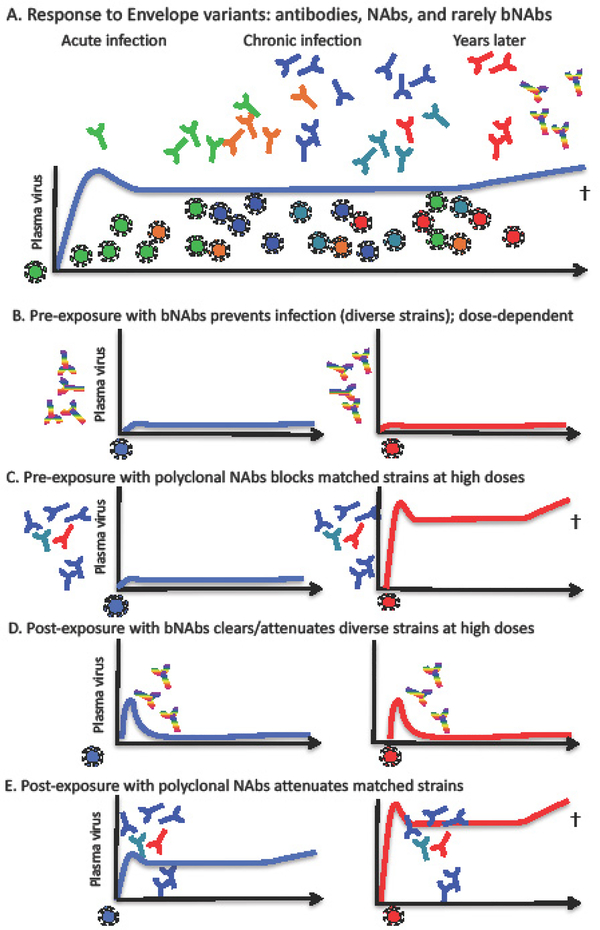Figure 2. Roles of antibodies at various stages of HIV infection.
Schematic representation of the development of neutralizing antibodies (NAbs) and broadly neutralizing antibodies (bNAbs) during HIV-1 infection. Shown in panel (2A) is the depiction of the co-evolution of autologous antibodies and viral variants over time during infection. The first autologous NAbs are shown in green, the same as the infecting virus. As Envelope variants develop during years of chronic infection, antibodies that match those viruses appear, lagging behind the appearance of the variants as depicted by the colors of the NAbs. Antibodies emerge following each iteration of quasispecies development causing a delay in effective response to autologous variant Envs. In (2B), potent bNAbs (shown as rainbow colors to represent breadth against multiple clades and tiers of virus) have been shown to block infection when given before SHIV exposure to macaques. A comparison with polyclonal NAbs is shown in (2C) where it is critical that the majority of the neutralizing activity is matched (or derived from) the challenge SHIV. In (2D), bNAb cocktails, if given very soon after virus exposure can ablate early sites of infection. In contrast (2E), even if closely matched, polyclonal Nabs can, at best, attenuate infection.

